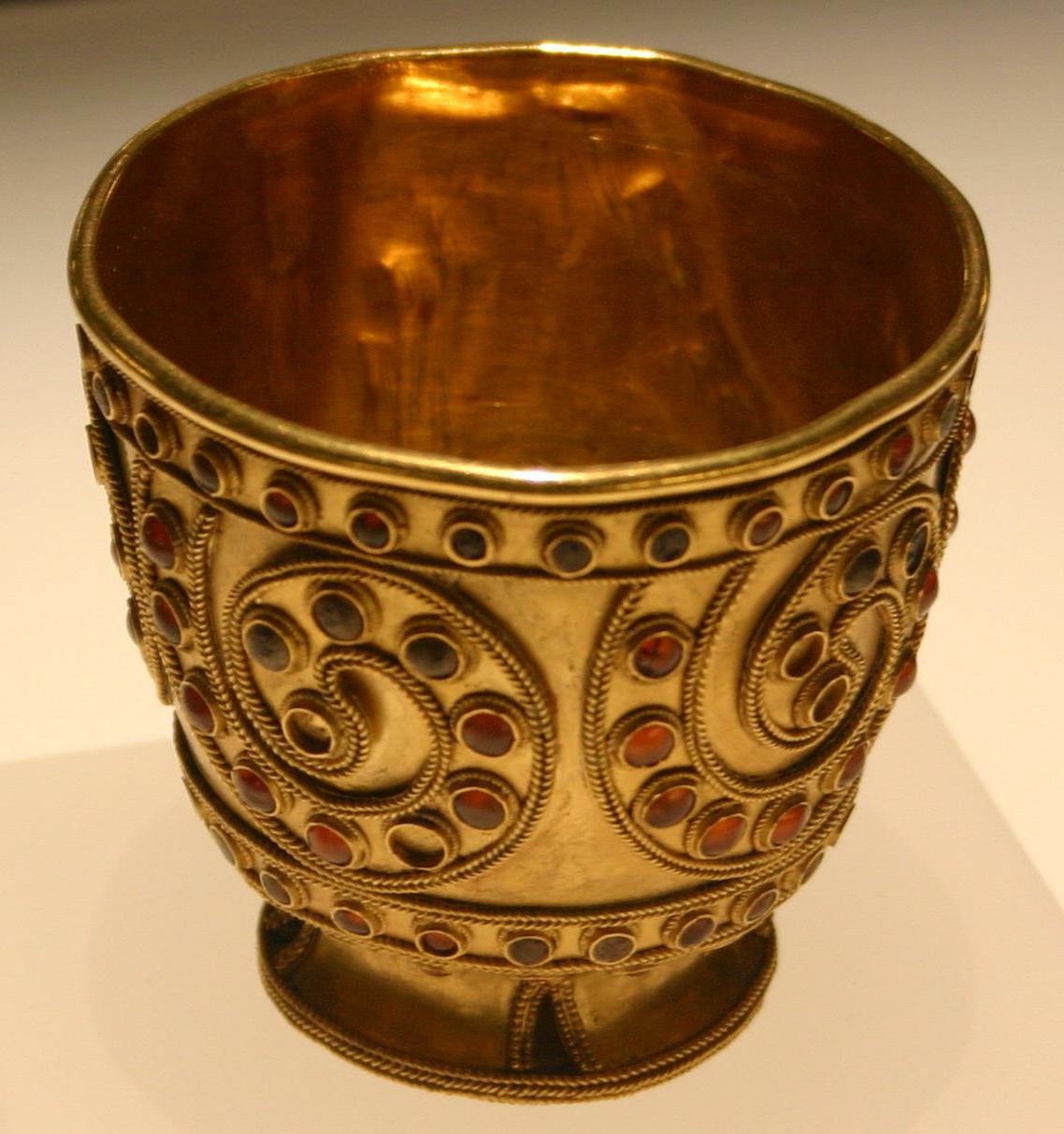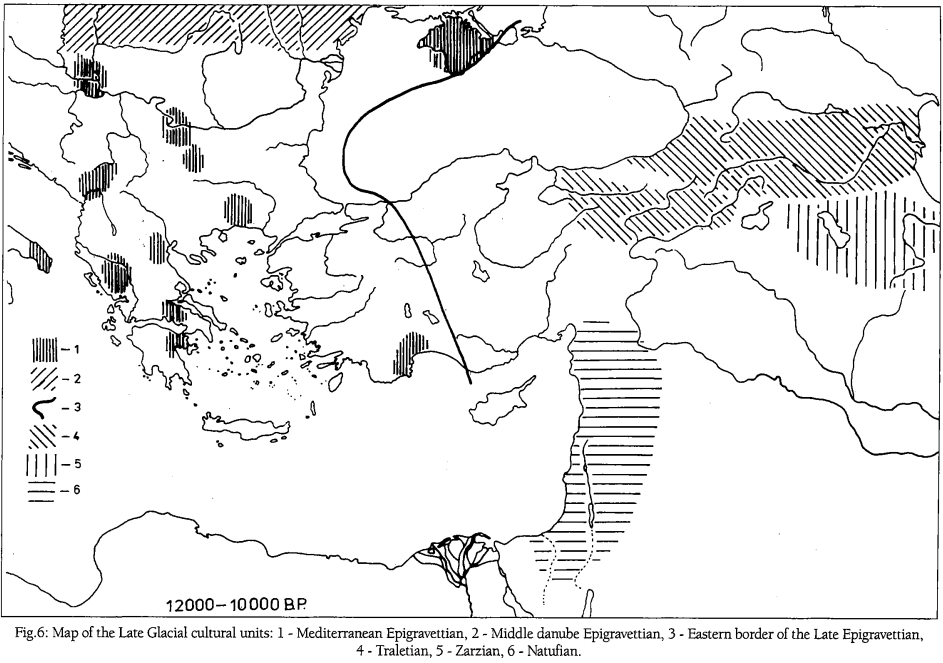|
Prehistoric Caucasus
The Caucasus region, on the gateway between Southwest Asia, Europe and Central Asia, plays a pivotal role in the peopling of Eurasia, possibly as early as during the '' Homo erectus'' expansion to Eurasia, in the Upper Paleolithic peopling of Europe, and again in the re-peopling Mesolithic Europe following the Last Glacial Maximum, and in the expansion associated with the Neolithic Revolution. Lower to Middle Paleolithic Dmanisi skull 5, found in Dmanisi, Georgia, is among the earliest '' Homo erectus'' fossils, dated to 1.8 Ma. *Azykh Cave has remnants of the pre-Acheulean, estimated at 0.7 Ma. *Mousterian *Mezmaiskaya cave (70–40 ka) Upper Paleolithic to Epipaleolithic * Dzudzuana cave (30 ka) *Satsurblia cave (24 ka) *Damjili Cave *Dash Salakhly (20 ka) *Gobustan National Park (20–5 ka) *Trialetian (16–8 ka) Neolithic to Iron Age Neolithic: * Shulaveri-Shomu culture (8–6 ka) *Metsamor site (6 ka) Bronze Age: *Maykop culture *Leyla-Tepe culture * Kura-A ... [...More Info...] [...Related Items...] OR: [Wikipedia] [Google] [Baidu] |
Caucasus
The Caucasus () or Caucasia (), is a region between the Black Sea and the Caspian Sea, mainly comprising Armenia, Azerbaijan, Georgia (country), Georgia, and parts of Southern Russia. The Caucasus Mountains, including the Greater Caucasus range, have historically been considered as a natural barrier between Eastern Europe and Western Asia. Mount Elbrus in Russia, Europe's highest mountain, is situated in the Western Caucasus. On the southern side, the Lesser Caucasus includes the Javakheti Plateau and the Armenian highlands, part of which is in Turkey. The Caucasus is divided into the North Caucasus and South Caucasus, although the Western Caucasus also exists as a distinct geographic space within the North Caucasus. The Greater Caucasus mountain range in the north is mostly shared by Russia and Georgia as well as the northernmost parts of Azerbaijan. The Lesser Caucasus mountain range in the south is occupied by several independent states, mostly by Armenia, Azerbaijan, and Ge ... [...More Info...] [...Related Items...] OR: [Wikipedia] [Google] [Baidu] |
Mezmaiskaya Cave
Mezmaiskaya Cave (russian: Мезмайская пещера) is a prehistoric cave site overlooking the right bank of the Sukhoi Kurdzhips (a tributary of the Kurdzhips River) in the southern Russian Republic of Adygea, located in the northwestern foothills of the North Caucasus in the Caucasus Mountains system. Archaeology Neanderthal Initial excavations in the Mezmaiskaya cave recovered Mousterian artifacts of the Last glacial period. The Late Middle Paleolithic stratigraphic layers at Mezmaiskaya are composed of 7 layers, dating from roughly 70,000 to 40,000 BP. Three Neanderthal individuals were recovered from the cave. The first, ''Mezmaiskaya 1'', was recovered in 1993 and is an almost complete skeleton in a well preserved state due to calcite cementation that covers and holds the arrangement in place. It was assessed to be an infant about two weeks old, making it the youngest Neanderthal ever recovered. Although no burial pit was found, circumstances suggest that the ... [...More Info...] [...Related Items...] OR: [Wikipedia] [Google] [Baidu] |
Trialeti Culture
The Trialeti-Vanadzor culture, previously known as the Trialeti-Kirovakan culture, is named after the Trialeti region of Georgia and the city of Vanadzor, Armenia. It is attributed to the late 3rd and early 2nd millennium BC. Trialeti-Vanadzor culture emerged in the areas of the preceding Kura-Araxes culture. Some scholars speculate that it was an Indo-European culture. It developed into the Lchashen-Metsamor culture. It may have also given rise to the Hayasa-Azzi confederation mentioned in Hittite texts, and the Mushki mentioned by the Assyrians. Background The earliest Shulaveri-Shomu culture existed in the area from 6000 to 4000 BC.Geraldine ReinhardtBronze Age in EurasiaLecture Delivered 29 July 1991/ref> The Kura-Araxes culture followed after. The flourishing stage of the Trialeti-Vanadzor culture began near the end of the third millennium BC.Joan Aruz, Sarah B. Graff, Yelena Rakic''Cultures in Contact: From Mesopotamia to the Mediterranean in the Second Millennium ... [...More Info...] [...Related Items...] OR: [Wikipedia] [Google] [Baidu] |
Leyla-Tepe Culture
The Leyla-Tepe culture of the South Caucasus belongs to the Chalcolithic era. It got its name from the site in the Agdam district of modern day Azerbaijan. Its settlements were distributed on the southern slopes of Central Caucasus, from 4350 until 4000 B.C. Monuments of the Leyla-Tepe were first located in the 1980s by I. G. Narimanov, a Soviet archaeologist. In the 2000s, attention to the monuments was inspired by the risk of their damage due to the construction of the Baku–Tbilisi–Ceyhan pipeline and the South Caucasus pipeline. Characteristics and influences The Leyla-Tepe culture is also attested at Boyuk Kesik in the lower layers of this settlement. The inhabitants apparently buried their dead in ceramic vessels. Similar amphora burials in the South Caucasus are found in the Western Georgian Jar-Burial culture, that is mostly of a much later date. The ancient Poylu II settlement was discovered in the Agstafa District of modern day Azerbaijan during the constructi ... [...More Info...] [...Related Items...] OR: [Wikipedia] [Google] [Baidu] |
Maykop Culture
The Maykop culture (, , scientific transliteration: ''Majkop,''), c. 3700 BC– 3000 BC, was a major Bronze Age archaeological culture in the western Caucasus region. It extends along the area from the Taman Peninsula at the Kerch Strait to near the modern border of Dagestan and southwards to the Kura River. The culture takes its name from a royal burial, the Maykop kurgan in the Kuban River valley. According to genetic studies on ancient DNA published in 2018, the Maykop population came from the south, from Imereti, and was descended from the Chalcolithic farmers known as Darkveti-Meshoko who first colonized the north side of the Caucasus. Maykop is therefore the "ideal archaeological candidate for the founders of the Northwest Caucasian language family". Territory In the south, the Maykop culture bordered the approximately contemporaneous Kura-Araxes culture (3500—2200 BC), which extends into the Armenian Plateau and apparently influenced it. To the north is ... [...More Info...] [...Related Items...] OR: [Wikipedia] [Google] [Baidu] |
Metsamor Site
Metsamor site is the remains of an old fortress located to the southwest of the Armenian village of Taronik, in the Armavir Province. While it used to be believed the city of Metsamor was destroyed by the Urartians during the Iron Age researchers now believe it was destroyed by Scythian or Cimmerian nomads. Archaeological research Research in Metsamor has been conducted since 1965. Until the 1990s, work was carried out by Armenian teams directed by Emma Khanzadyan and Koryun Mkrtchyan; in the years 2011–2013, Ashot Piliposyan headed the excavations. All the finds are displayed in the museum located at the site. In 2013, an Armenian-Polish archaeological expedition started work in Metsamor as a result of the cooperation between the Institute of Archaeology and the Polish Centre of Mediterranean Archaeology (both University of Warsaw) and the Service for the Protection of Historical and Cultural Environment and Museum Reservation, Ministry of Culture of the Republic of Armenia. ... [...More Info...] [...Related Items...] OR: [Wikipedia] [Google] [Baidu] |
Trialetian
Trialetian is the name for an Upper Paleolithic-Epipaleolithic stone tool industry from the South Caucasus. It is tentatively dated to the period between 16,000 / 13,000 BP and 8,000 BP. Archaeology The name of the archaeological culture derives from sites in the district of Trialeti in south Georgian Khrami river basin. These sites include Barmaksyzkaya and Edzani-Zurtaketi. In Edzani, an Upper Paleolithic site, a significant percentage of the artifacts are made of obsidian. The Caucasian-Anatolian area of Trialetian culture was adjacent to the Iraqi-Iranian Zarzian culture to the east and south as well as the Levantine Natufian to the southwest. Alan H. Simmons describes the culture as "very poorly documented". In contrast, recent excavations in the Valley of Qvirila river, to the north of the Trialetian region, display a Mesolithic culture. The subsistence of these groups were based on hunting ''Capra caucasica'', wild boar and brown bear. Trialetian sites Caucasus ... [...More Info...] [...Related Items...] OR: [Wikipedia] [Google] [Baidu] |
Gobustan National Park
Gobustan State Historical and Cultural Reserve ( az, Qobustan dövlət tarixi-bədii qoruğu) is located west of the settlement of Gobustan, about southwest of the centre of Baku. It was established in 1966, when the area was declared a national historical landmark of Azerbaijan in an attempt to preserve the prehistoric rock carvings, mud volcanoes and musical stones in the region. Gobustan State Reserve is very rich in archeological monuments. Gobustan Rock Art Cultural Landscape within the reserve, which covers an area of 537 ha, has more than 6,000 rock carvings, which depict people, animals, battle-pieces, ritual dances, bullfights, boats with armed oarsmen, warriors with lances in their hands, camel caravans, pictures of sun and stars, on the average dating back to 5,000-20,000 years. Gobustan State Historical and Cultural Reserve acquired national status in 2006, and Gobustan Rock Art Cultural Landscape was inscribed on the UNESCO World Heritage List in 2007. As of 2011, ... [...More Info...] [...Related Items...] OR: [Wikipedia] [Google] [Baidu] |
Dash Salakhly
The dash is a punctuation mark consisting of a long horizontal line. It is similar in appearance to the hyphen but is longer and sometimes higher from the baseline. The most common versions are the endash , generally longer than the hyphen but shorter than the minus sign; the emdash , longer than either the en dash or the minus sign; and the horizontalbar , whose length varies across typefaces but tends to be between those of the en and em dashes. History In the early 1600s, in Okes-printed plays of William Shakespeare, dashes are attested that indicate a thinking pause, interruption, mid-speech realization, or change of subject. The dashes are variously longer (as in King Lear reprinted 1619) or composed of hyphens (as in Othello printed 1622); moreover, the dashes are often, but not always, prefixed by a comma, colon, or semicolon. In 1733, in Jonathan Swift's ''On Poetry'', the terms ''break'' and ''dash'' are attested for and marks: Blot out, correct, insert ... [...More Info...] [...Related Items...] OR: [Wikipedia] [Google] [Baidu] |



